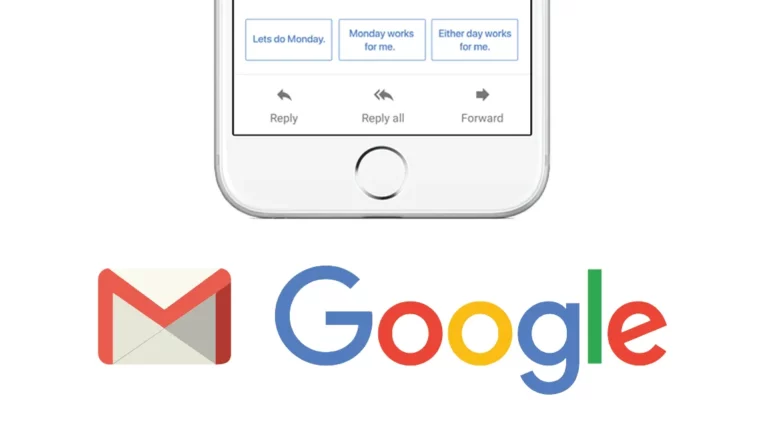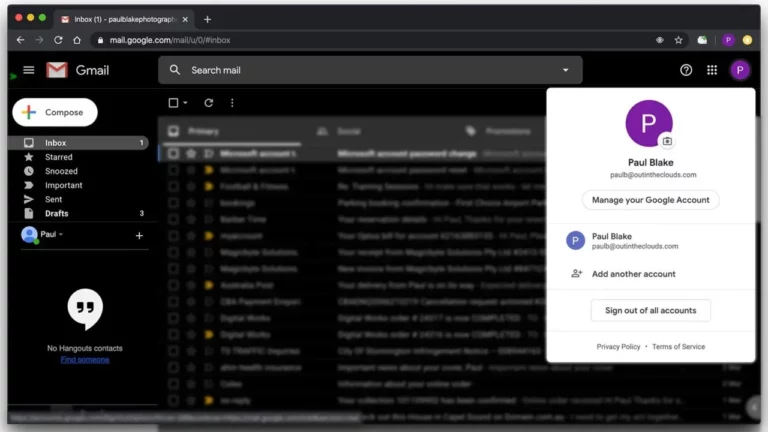Back to Basics: 5 Steps to the Perfect Campaign Strategy
Every business needs a solid plan. A great campaign strategy will not only reinforce your brand positioning; it will improve how you communicate, generate leads and create customers.
Think of your campaign strategy as the lifeblood of your business. Whether you intend to deliver your strategy via digital media, traditional media or a combination of both – The best campaigns use strong creative — targeting a specific audience and create an emotional response. None of this is possible without an incredible amount of planning.
What are the benefits of a campaign strategy?
- Improved revenue as a result of having a clear pre-planned strategy
- Receive high-quality leads from targeted marketing
- Gain more traffic to your site from an increase in content
- Improve brand awareness as a result of clear messaging
- Improve SEO success
- Reduced marketing costs, as your content becomes more efficient.
- Improved social media engagement
- Better internal processes with a clear map and outline of the campaign.
To help you build an excellent action strategy, we’ve put together a list of five handy action points.
Define your goals
Your strategy should begin with a mission statement and a clear, desired outcome. Your mission statement will make it easier to focus on what’s important – and what’s not when creating your content and will work to keep you and your team on track.
What to think about when designing your mission statement
- Your target audience
- The content you’ll use to reach them
- The benefits and desired outcomes for your clients.
Confirm Your KPIs
The advantages of running a campaign today is the ease of measuring the success of communications in real-time. The best way to achieve goals is to make them specific and measurable. You can easily do this by establishing key performance indicators (KPIs) for your content marketing strategy. KPI’s can include revenue, traffic, sales, SEO, and varied aspects of digital marketing, like email marketing and social media metrics.
Who are you talking to?
Creating personas is a great way to address your consumers’ circumstances, motives, needs, and approaches to your product or service. A Persona will help you better understand and get closer to customers, as real humans. The process of creating buyer personas includes finding insight from different platforms; website analytics, social media channels, customer reviews, as well as actual conversations with prospects and customers.
When building out, your personas think about the following; Their background, job preferences, demographics details, and identifiers ( what they’re buying actions are like) The based on that, determine the most appropriate way to communicate with them, what platforms or delivery method they prefer, style and tone of voice.
Create your strategy
Here you’ll identify what your goals and objectives are for your campaign.
- As mentioned above a critical element is to establish your target customers.
- Then create a Unique Selling Proposition – This is pulled directly from your mission statement.
- Now create a pricing and positioning plan – Here, you need to identify your pricing strategy as part of your campaign. Use your target customer and user personas to map out your pricing and positioning.
- Next, frame how you plan to distribute your content. Create a guide for how you plan to distribute assets across various platforms. This includes any marketing materials and your online strategy.
- Once the above is complete, you will need to outline your strategy for converting your leads to customers. Remember to define how you plan to keep your existing customers happy.
- And finally, every good marketing plan should outline your anticipated financial Projections. You can build this out from looking at your target audience, your pricing strategy, and your conversion strategy.
Make sure to measure content success.
To know if a campaign has been successful, you need to measure its success; this can be captured by using several devices.
- Return on investment measuring the sales revenue a campaign brings on every dollar spent.
- Cost per win – measure the expense of each sale.
- Cost per Lead – measure the cost-effectiveness of marketing campaigns. This metric centres only on the leads generated by the campaign.
- The conversion rate for the whole campaign
- Use Google Analytics (or a similar tool) to measure and analyse the sales process for the leads generated by each marketing campaign.
- Measure the lifetime value of your customers







